Just to add, the way I pictured this working was to set up a basic smithee, probably a three sided shed so I’d have a dark place to work (helps to gauge the temp of the metal by color). I’d get some of those gas welder’s goggles with the flip up flip down lens (or use my electronic welder’s hood) so I could safely look at the work in the firepot (solarpot?) then take it inside to quickly work on it. I’d stow the forge inside the smithee (or in an attached lean-to) when not using it. One feature that might be good would be a way to cover the lens and unclip it from the forge so it can be stored in a box or wrapped up, to reduce the risks of it starting a fire.
I write science fiction, draw, paint, photobash, do woodworking, and dabble in 2d videogames design. Big fan of reducing waste, and of building community
https://jacobcoffinwrites.wordpress.com
@jacobcoffin@writing.exchange
- 12 Posts
- 56 Comments
Sure! Generally they’re just an old coffee can with a thick layer of plaster of Paris and sand or firebox cement on the inside. They cement in some torch parts so they can attach a can from a burnzomatic torch and blow fire into the small, contained space from the side while having a hole on the front (usually with some loose firebrick for a door) to insert the work.
 https://makezine.com/article/workshop/making-your-own-tin-can-forge/
https://makezine.com/article/workshop/making-your-own-tin-can-forge/https://m.youtube.com/watch?v=xv9nnEhgfuY
I don’t know that the design itself is actually applicable here, just that they’re a good demonstration that even with a small forge, you can do some pretty cool blacksmithing.
In practice I think a solar forge would have to be open from the top, and couldn’t really benefit from the tight space confining the heat, so it’d probably be closer to using a portable ferrier’s anvil like you might see reenactors use at the fair, or something like this:

Though it’d look more like that artist’s smelting rig with the big lens and all.
Thanks! I’m really excited to see what you come up with
That’s great! I don’t have specific dimensions in mind (only because I haven’t sourced a lens yet). I’m not sure about the beam width. I think no matter what, it’ll be a narrower heat than you normally get with a coal fire or propane forge, so the blacksmith would probably have to adjust beam and shift the position of the piece to distribute the heat. But people make all kinds of things using little coffee can forges so if it allows for even that scale of project it’d be very useful.
It might not be a drop-in replacement for a traditional forge, but it could be a really cool way to preserve a lot of the practice without burning coal or gas. Let me know if I can help at all!
So I’m not sure this would qualify, it may be too simple. I’d been thinking about trying to build a solar forge (I got to learn forging from a really good blacksmith who worked with coal for a couple years, though I am very much an amateur). I’ve seen videos of people using old fresnel lenses from rear projection TVs to burn through skillsaw blades and if you can melt steel, you can certainly forge it. It might just be slow, or too focused on one spot, requiring some movement to distribute the heat, something I’d have to mess with. It’d also be a bit of a safety hazard overall, but at least it’d be outside on a paved driveway instead of of inside a shed like my old coal forge.
I was picturing something similar to this smelter but with a reused TV lens, and a fire pot where his crucible is. The mechanical parts would be for rotating it to keep the sun shining through the lens, and possibly for adjusting the focus. Stability and safety would be a big consideration, don’t want the wind blowing it around too much.
Again, not sure if it’s what you’re looking for, but I’d like you to get some usable answers here. Best of luck with your project, thank you for reaching out to involve the community!

 3·2 months ago
3·2 months agoI’m definitely a beginner too, especially with using actual cloth - I think I just got lucky with which fabric I happened to have on hand.
This simple beginning definitely got us thinking about more elaborate stuff to try in the future. Part of why I did a basic cloth hardcover was that the author never made any cover art for it, and partly that I just thought it would be a good fit for the feel of the story. But for some of our own I think we can do some really cool versions of their cover art in this format. Part of that would be inverting the colors and dialing in the contrast for clarity.
I’ve seen some really cool looking illustrations etched on online demonstrating the potential:


 6·2 months ago
6·2 months agoThat’s right! I’d seen images like these online:


So I knew it could be done and that for some reason the fabric turned lighter where it was zapped, but I didn’t know why, or if that would happen when I tried it. I thought it might darken like paper and wood do when etched, or that it might burn all the way through, or just not look very good. My backup plan was to use the etching as a guide and to paint the letters on with gold paint (I’ve got a pretty steady hand with a paintbrush from painting warhammer in my youth so it felt like okay odds of success) but it turned out much like the other images I saw!
I’m attaching a close up photo to hopefully give you a better idea of how it looks:

I think you can see that the cloth is a little diminished, and the etched section is maybe a thousandth of an inch (or two) lower (though I don’t think the white color is coming from the glue on the back or anything because it’s so consistent). I’m not sure why it reacted like this.
 Looking at this test I don’t think I can feel a difference in depth with fingertips until I get to 30%.
Looking at this test I don’t think I can feel a difference in depth with fingertips until I get to 30%.

 5·2 months ago
5·2 months agoTo be honest, until reading this comment I didn’t even know that was a thing! This is very cool and something I’m going to have to experiment with in the future!
Every time before this book I used a heavy duty canvas suitable for printing on with a plotter printer. It was very sturdy and seemed pretty impermeable, so it was very easy and low-risk to glue to the bookboard. Dust didn’t really seem to stick to it either.
With this one, I just just glued the fabric to the bookboard with acid-free PVA but I was much more careful with the amount of glue I used for fear it’d soak through. I think I went a little light on my first copy, but I’m working on another and took a few more risks and they worked out - it seems to be better bonded without marring the outside. I have noticed that dust really sticks to it, I don’t know how well this one would hold up to thumping around in a backpack for a few weeks or anything like that. So there’s definitely room to improve on the materials.

 1·3 months ago
1·3 months agoThanks!
I don’t know if you’d find it worthwhile to put them all in one place too, but if you do, PoVoq (who runs the site) got the Movim microblogging platform set up and linked with Lemmy so if you have an account here, you can just start using it. It also uses the same markup language as Lemmy so you can just set a Lemmy post to edit, copy it, and paste it over there. I use it for my making and fixing stuff projects.
I love the concept of passive greenhouses, and even did a photobash of one when people in another community were wanting more winter solarpunk art (though these are more like the passive greenhouses highlighted in the Low Tech magazine article than a proper Walipini with the steeper windows etc).
I also like this image for walipinis, as it shows the cold sump though I don’t think the roof is right for where I am.

I definitely like the look of some of them


Very cool! Also just wanted to say I really appreciate these posts with their mix of text and images. Thanks for highlighting so many cool solarpunk concepts!
With a mountain stream fed by springs or snowmelt, I’d trust that to rinse sweat and dirt out of clothes or blankets well enough. If you’re making surgical dressings or something, yeah, sterilize them separately.
Edit: plus, there may very well be a basin nearby you can use to suds up the fabric (ideally with something less damaging to waterways than most laundry soaps)

 2·4 months ago
2·4 months agoThis may be a dumb question but are these wheel hubs like car hubs where you can open them up to get at the brakes? If the hubs themselves are hard to replace maybe the brake pads themselves would be easier? Something you could replace with a generic pad cut to size or something?

 4·4 months ago
4·4 months agoThanks! That reminds me: one thing I did on the second and third book blocks was clamp them further in, so they were more or less flush with the boards. (I think the bookbinding book said to let it stick out a bit). That let me compress the spine an extra millimeter or two, so it wasn’t as flaired as on the first one. I think it’s always going to be a little thicker on the spine side because of all the folds and thread, but I think this looks better.

 3·4 months ago
3·4 months agoThank you so much! I’m very grateful for the sheer amount of high quality guides and resources available for free - the bookbinding community seems to be very generous with their knowledge. I basically just read and followed them carefully. I’m also lucky to have access to some great workspaces/tools.

 3·5 months ago
3·5 months agoI’m just getting into bookbinding. It requires surprisingly few tools and not a ton of space (though like all hobbies it can always grow to consume whatever space is available). Its a good option if you have access to a printer with free or cheap prints.
Balcony gardening can be satisfying but might not be what you’re looking for.
If you already have a project (or lots of them) in mind, a 3d printer can be great to have around. Depending on your fillaments of choice (determined by what you want the print to be able to do) you might need good ventilation or an enclosure. If you have a spare bedroom that’s a good start.

 3·6 months ago
3·6 months agoThat beats connecting the speaker jack to the mic jack and recording with audacity.
And the ones from trigun

 1·7 months ago
1·7 months agoJust wanted to let you know I got Alpine installed on the spare and it’s running great! It’s small enough to fit just on the built in storage chip - even with Mate, udisks2, and other creature comforts, wavemaker cards (sort of a web app scrivener clone) and libreoffice-writer it’s still got 7 gigs free. Plus it’s fast enough to have both writing tools and a web browser open at the same time without lagging. I’m impressed.
I’ve got some old old laptops which I saved because they’re physically in great shape, but too weak to run almost anything modern. I’ll see if this’ll work for them next.
Thanks for the recommendation!


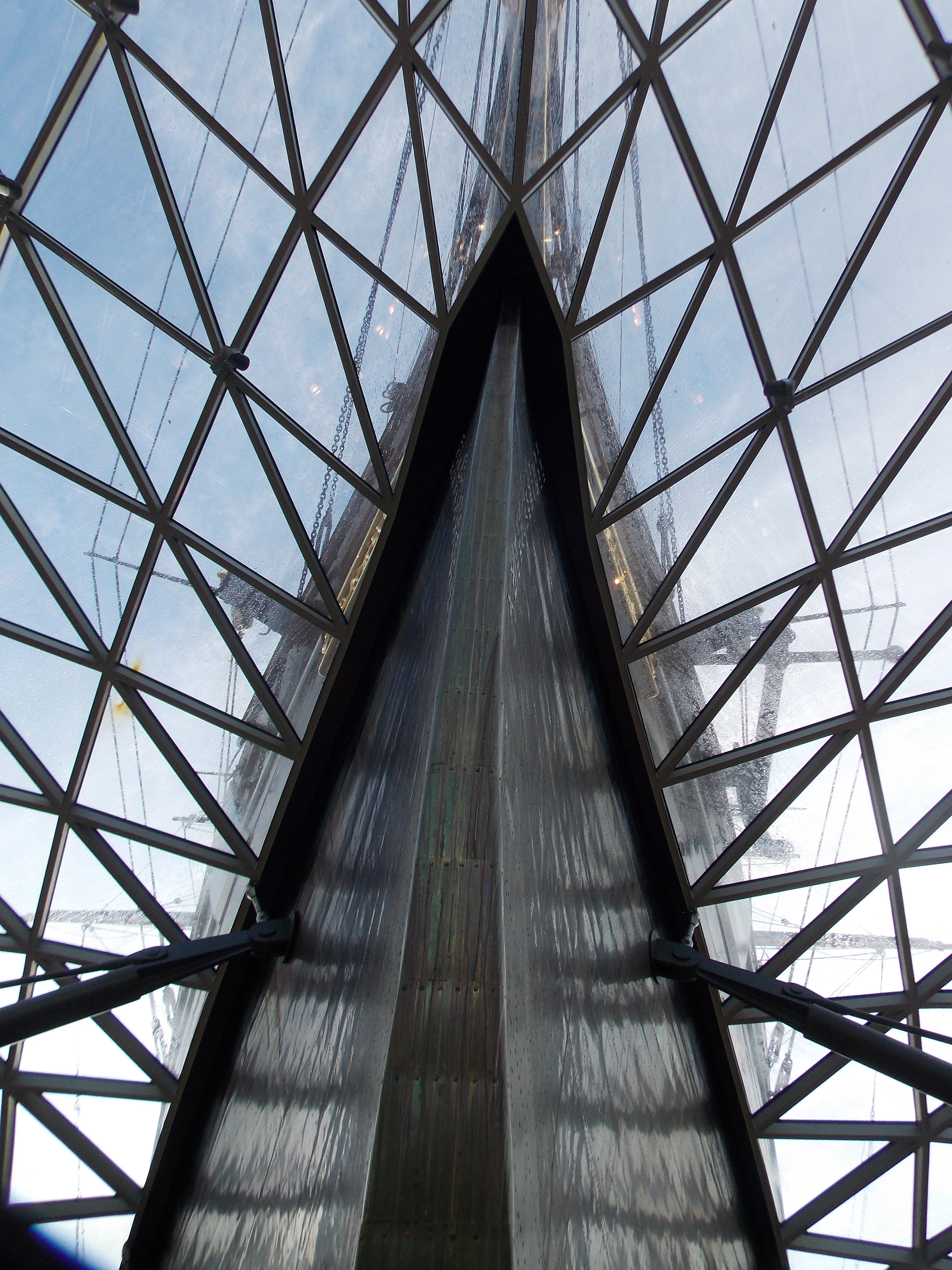
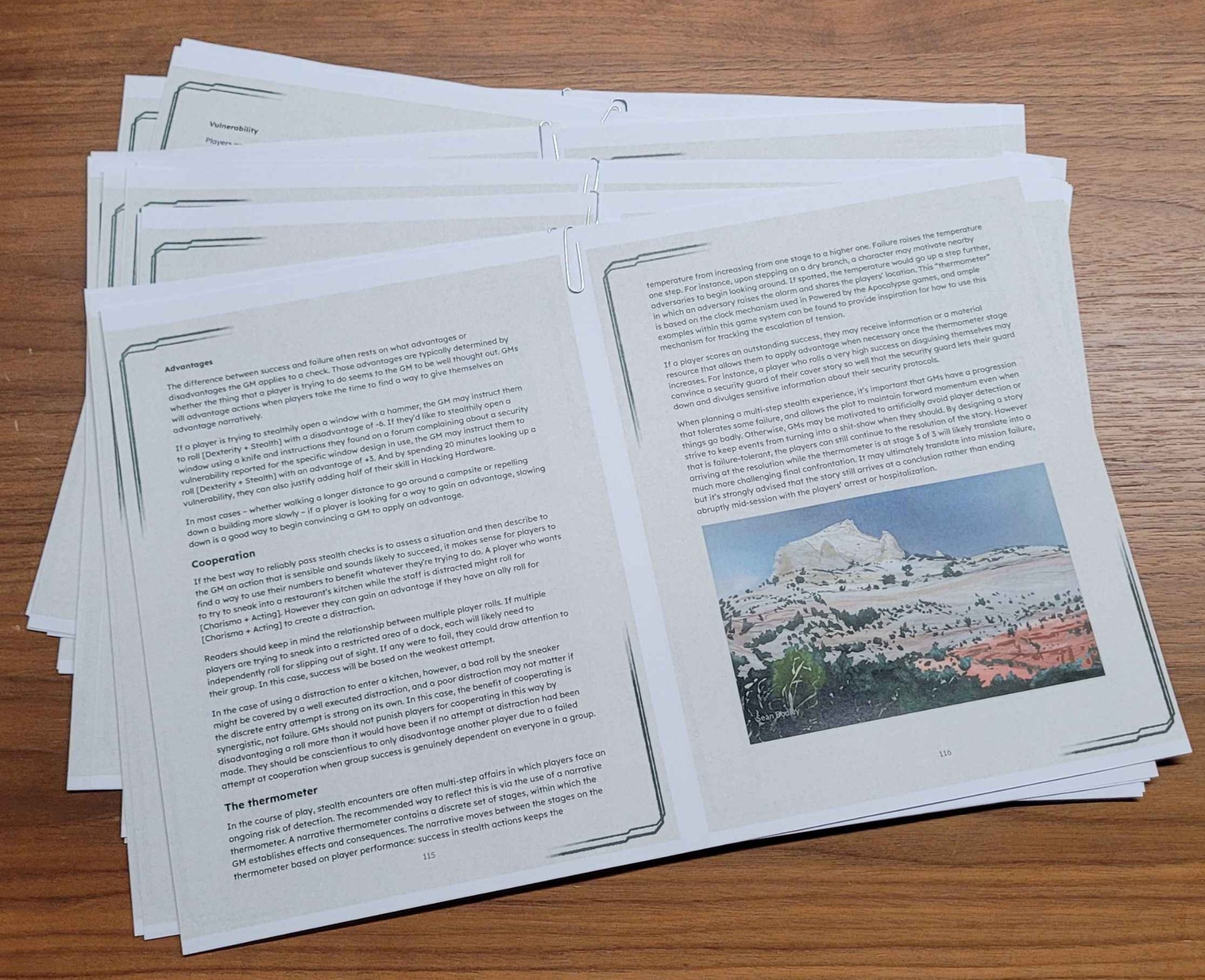


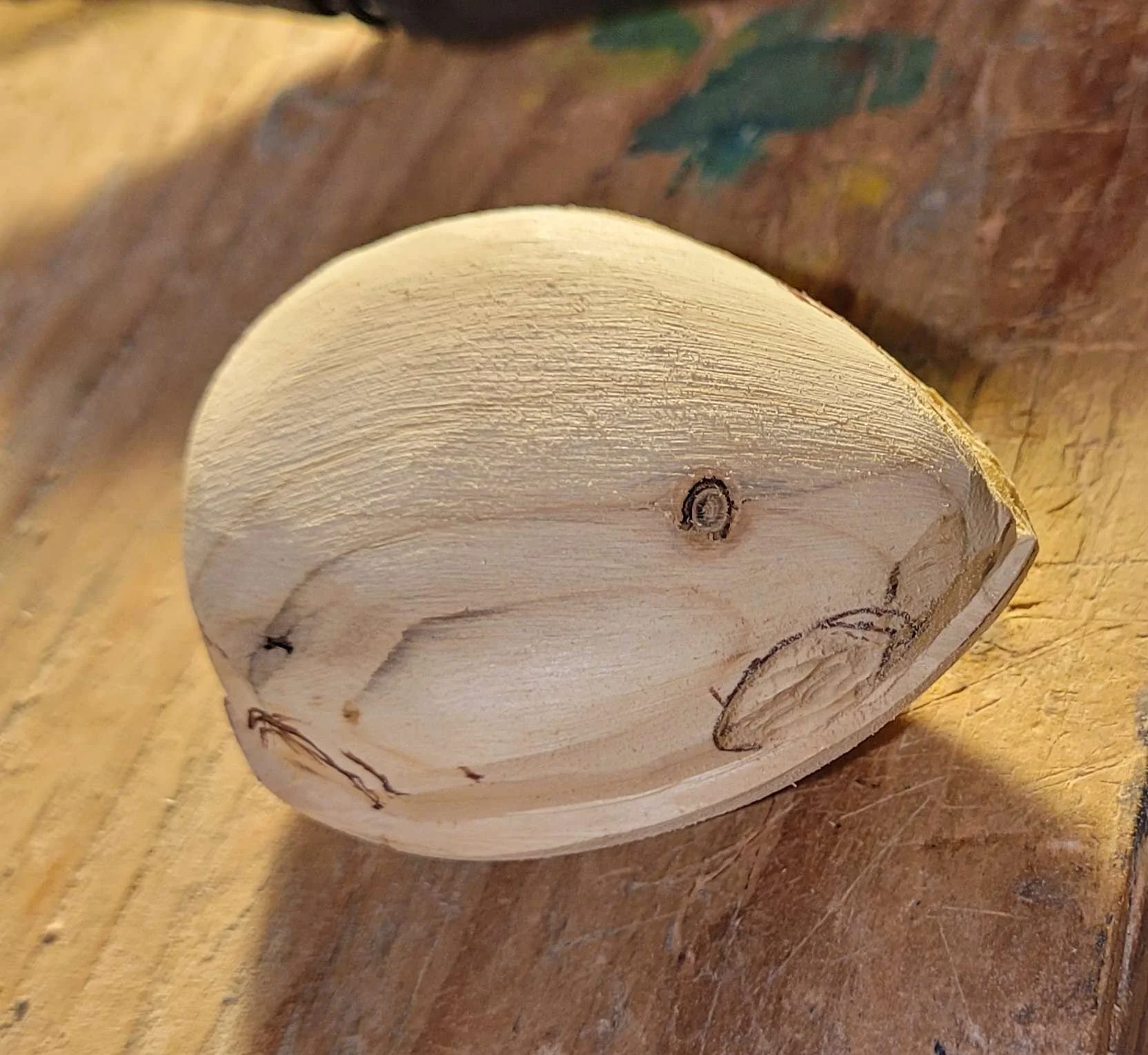
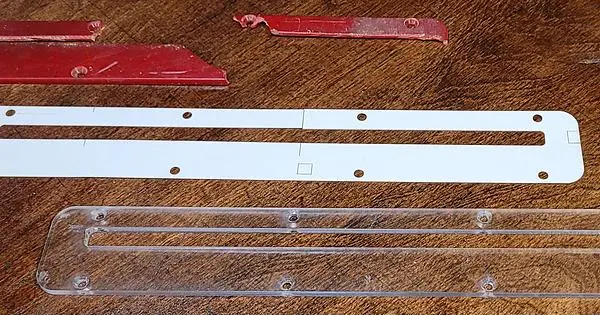
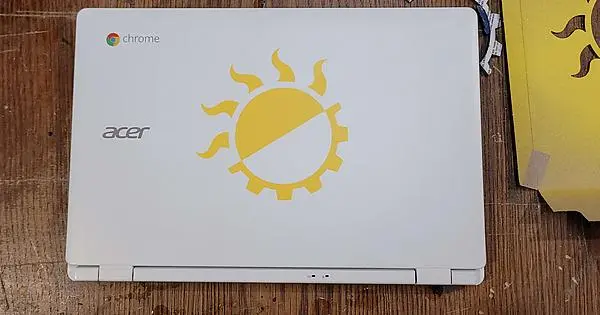


GraphineOS seems to set the benchmark for secure de-googled android phones and has a very short list of supported devices. I think I’d suggest starting with one of those, and once support eventually drops, if you’re comfortable with a reduced security capability, looking to lineageOS or similar. I think if Graphine supports a phone, it’s pretty much guaranteed to have support on the more general OSs.
For a while I looked at ruggedized smartphones (some with removable batteries!) that were supported by lineageOS and others. I didn’t find one I was convinced would hold up as long as I wanted, and I had security concerns so I ended up getting a decent secondhand phone with guaranteed security support for a few years and putting it in a good case.
Sometimes I check in on various raspberry pi smartphone projects. I love the idea and think it’d probably be able to last the longest (or be turned into something else after an upgrade) but I don’t think any feel reliable enough to me yet.